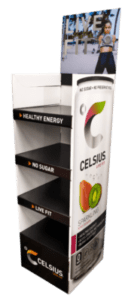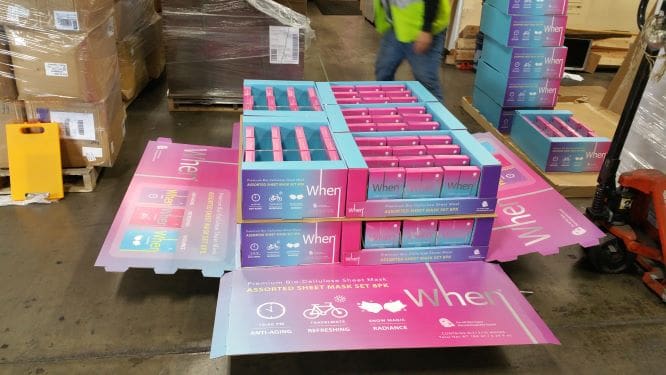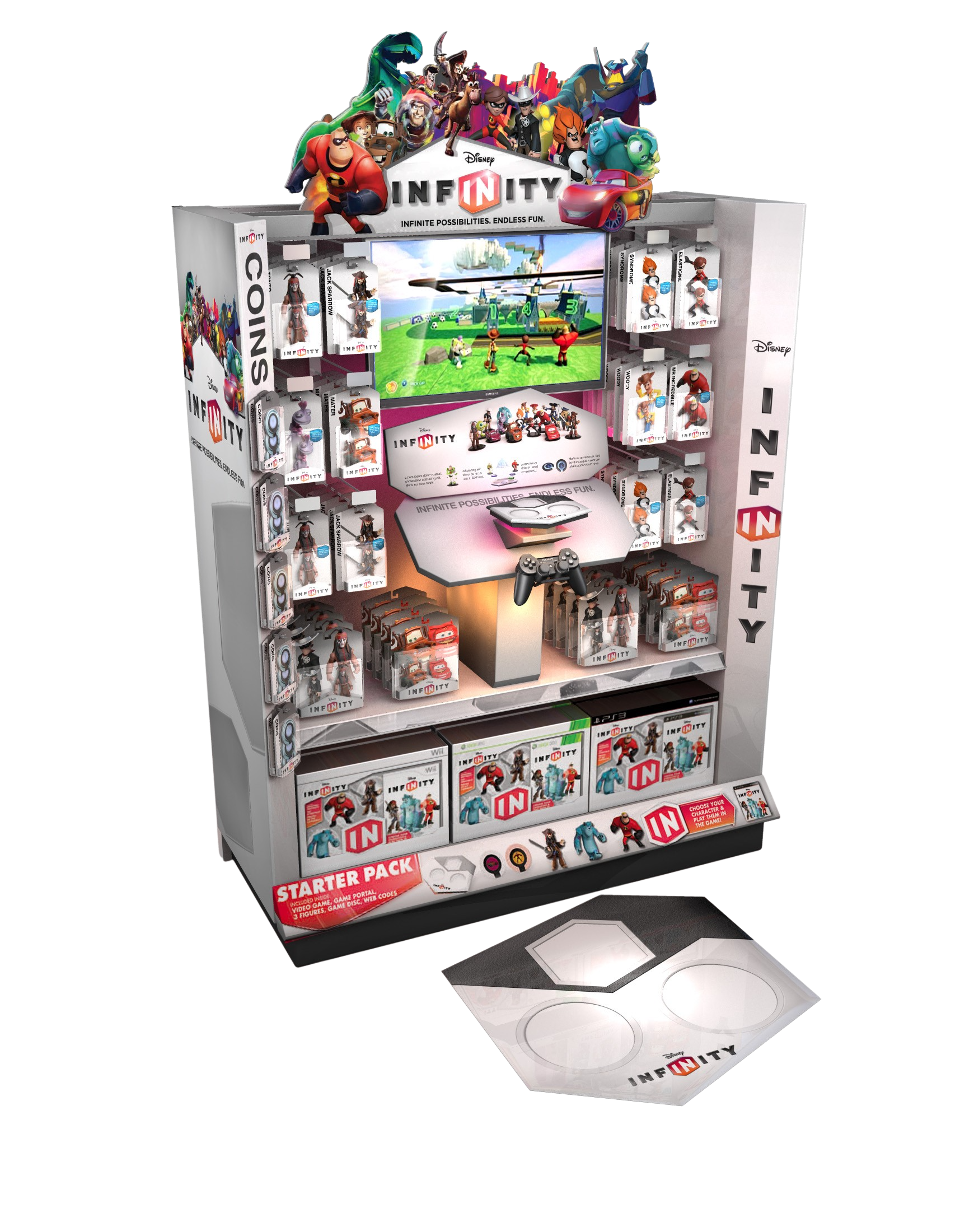Home » Getting Started with POP Displays: A Buyer’s Guide
Getting Started with POP Displays: A Buyer’s Guide
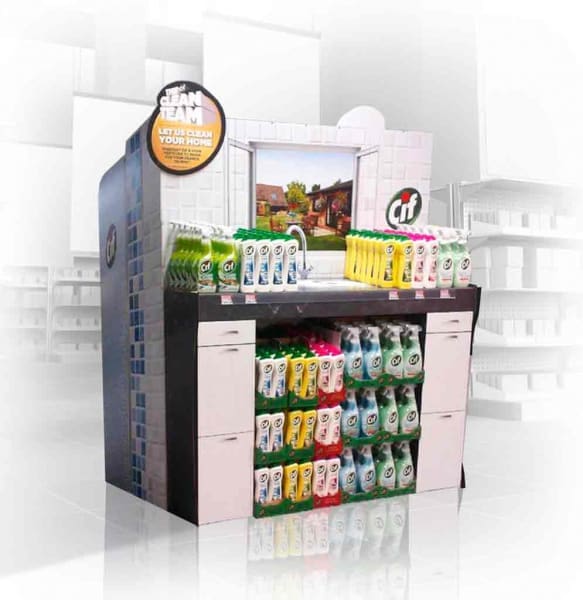
Point of Purchase (POP) displays are a dynamic marketing tool used to engage customers and boost sales at the point of decision-making. Whether you’re a retailer or a brand looking to promote your products effectively, creating a successful POP display requires careful planning and execution.
In this comprehensive buyer’s guide, we’ll walk you through the essential 10 steps to begin your journey into the world of POP displays.
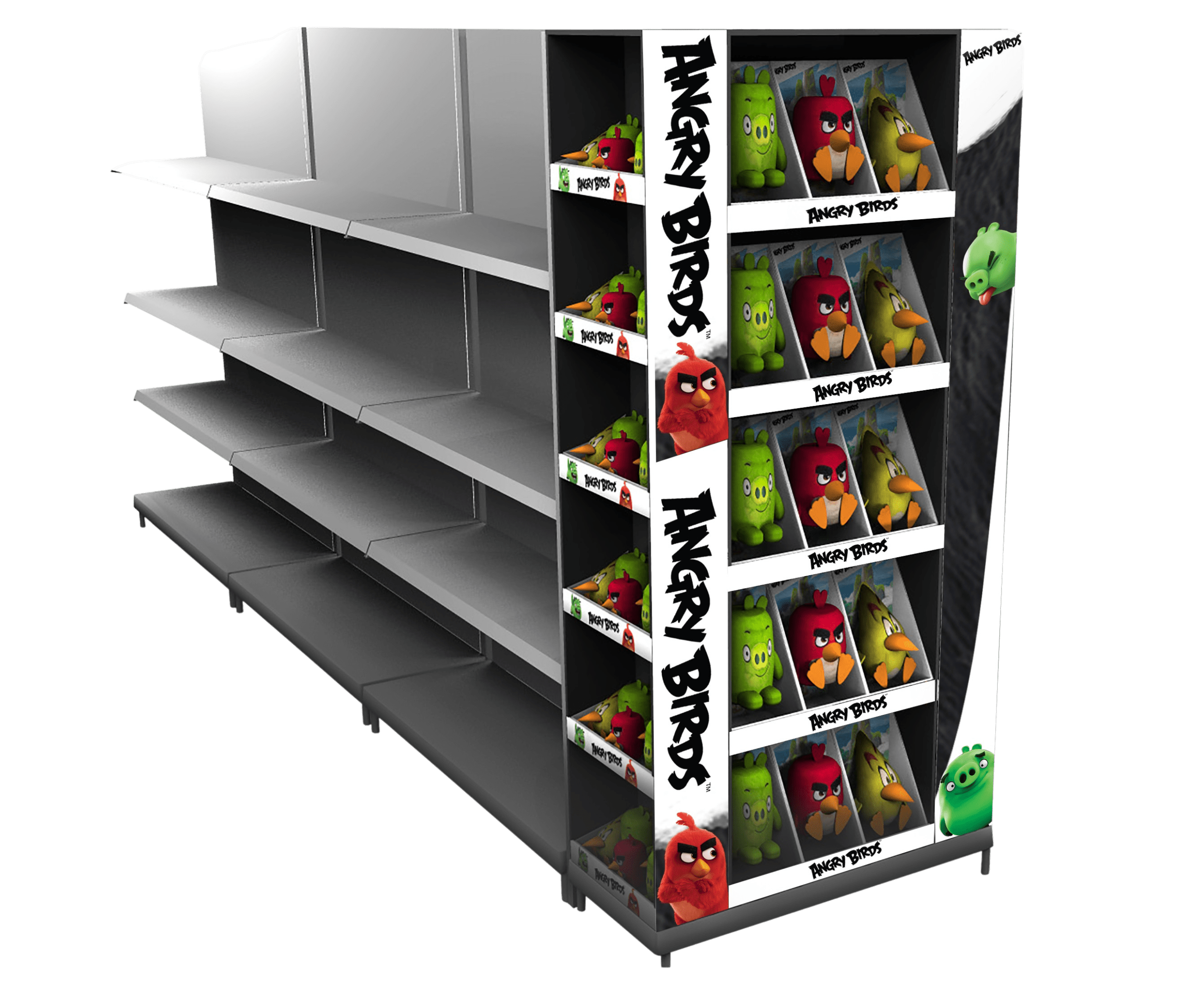
Step 1: Define Your Goals and Objectives
Before diving into the design and creation of a POP display, it’s crucial to establish clear goals and objectives. Ask yourself:
- What specific products or promotions do you want to highlight?
- What are your sales targets and timeframes?
- Are you aiming to increase brand visibility, introduce a new product, or boost impulse purchases?
Having a well-defined purpose for your POP display will guide your decision-making throughout the process.
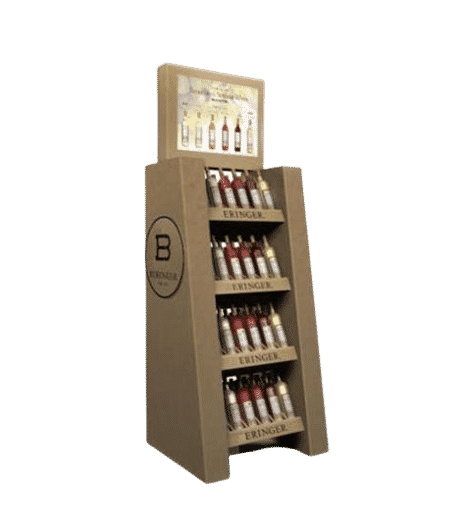
Step 2: Know Your Target Audience
Understanding your target audience is fundamental to designing an effective POP display. Consider factors such as demographics, preferences, and buying behavior. Knowing your audience allows you to tailor your display to appeal directly to them.
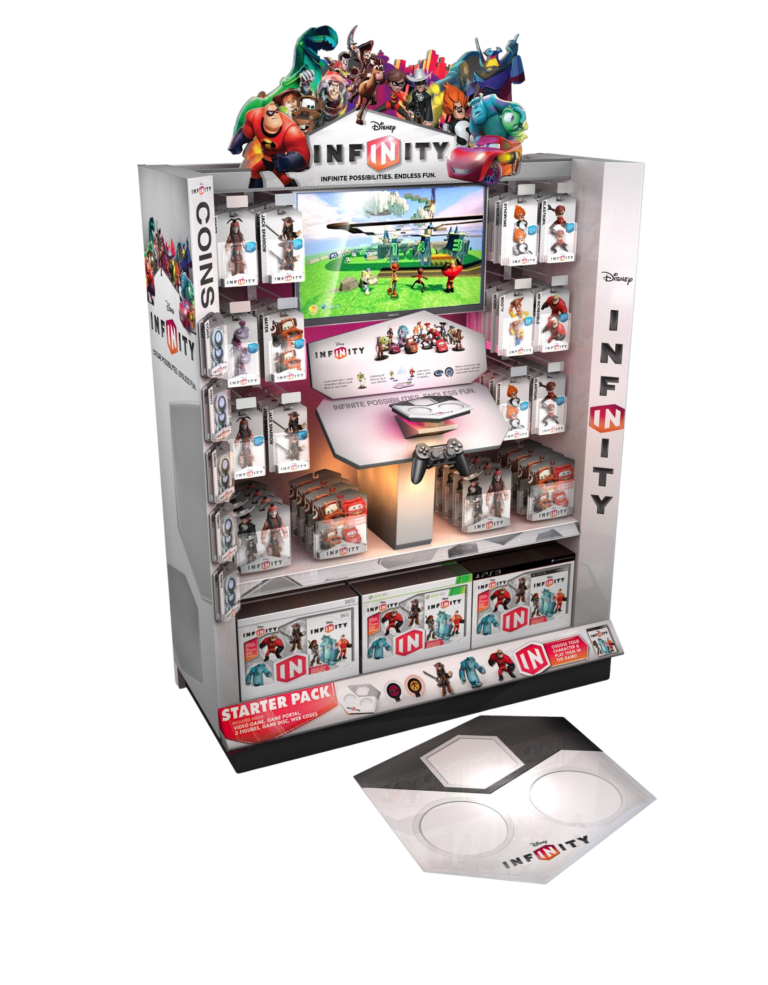
Step 3: Determine Placement
Identify the optimal location for your POP display within the retail space. Factors to consider include foot traffic patterns, visibility, and proximity to related products. Collaborate with the retailer to secure a prime location if possible.
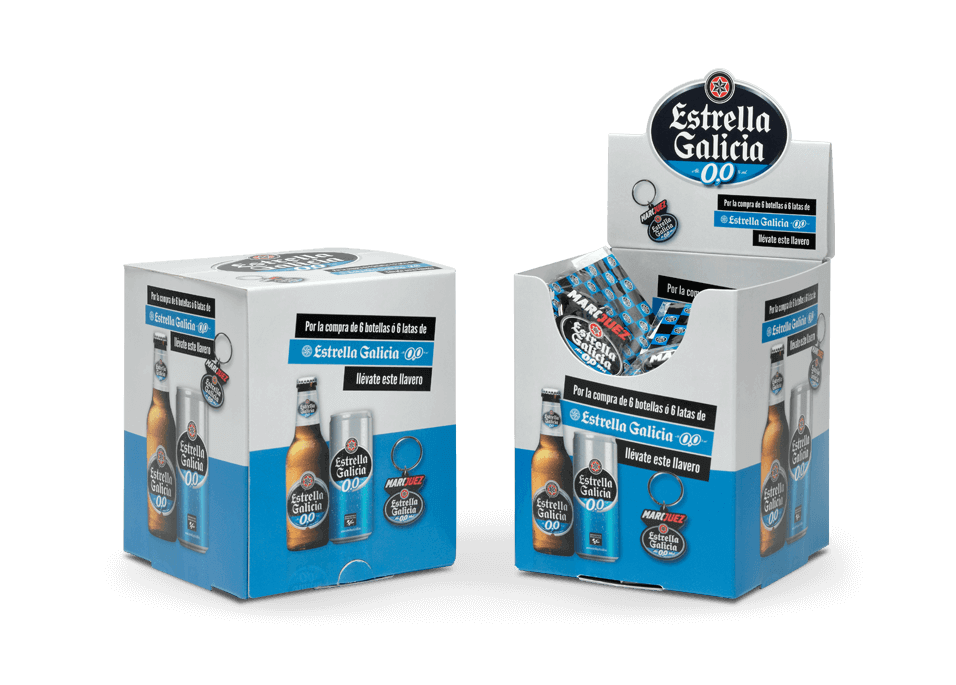
Step 4: Design the Display
This step involves creating the visual and structural elements of your POP display. Key considerations include:
- Eye-Catching Design: Use attractive visuals, colors, and graphics that align with your brand identity and resonate with your target audience.
- Product Placement: Arrange products strategically, ensuring they are accessible and easy to reach for customers.
- Signage and Messaging: Incorporate clear and concise signage that conveys product information, benefits, and pricing.
- Branding: Maintain consistency in branding elements, including logos, fonts, and color schemes.
- Materials and Durability: Select high-quality materials and construction that can withstand the rigors of a retail environment.
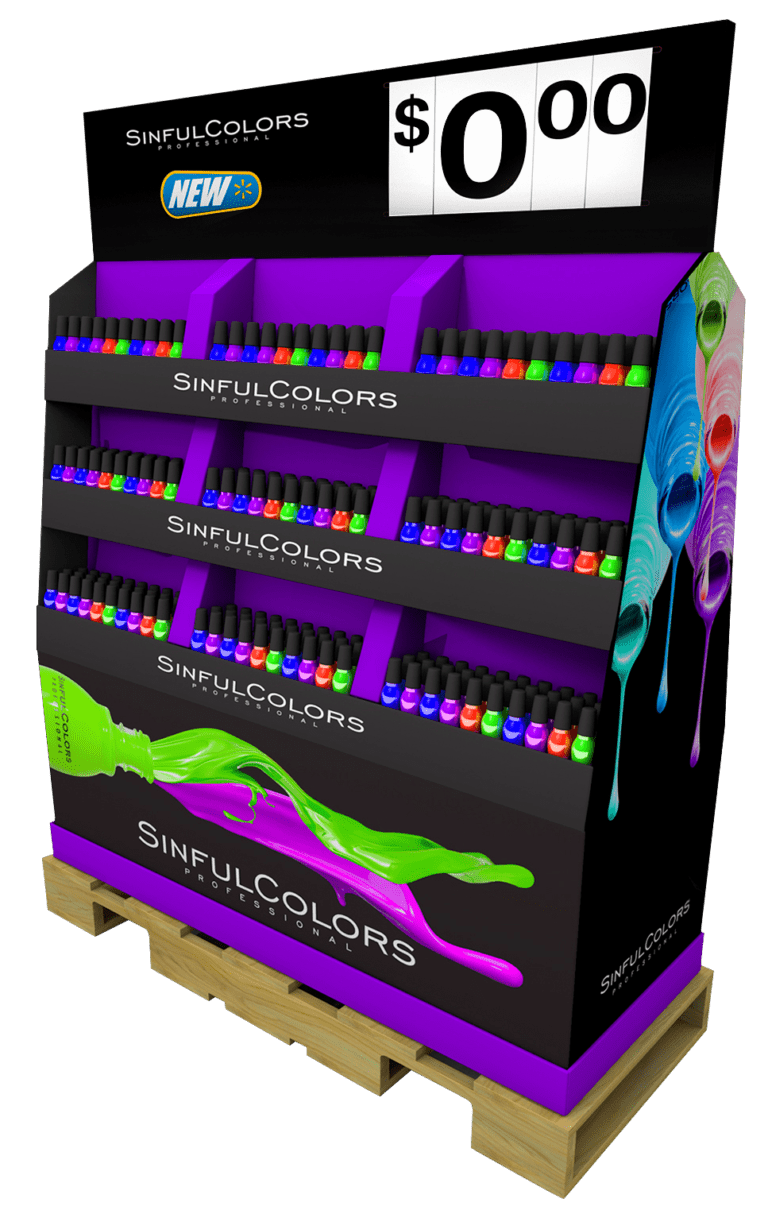
Step 5: Budget and Resources
Determine your budget for creating and implementing the POP display. Consider costs related to design, materials, manufacturing, and installation. Allocate resources accordingly to ensure a smooth execution.

Step 6: Manufacturing and Assembly
Choose a reputable manufacturer or supplier to bring your POP display to life. Ensure that the manufacturing process aligns with your design specifications and quality standards. Assembly and construction should be easy and straightforward for store personnel.
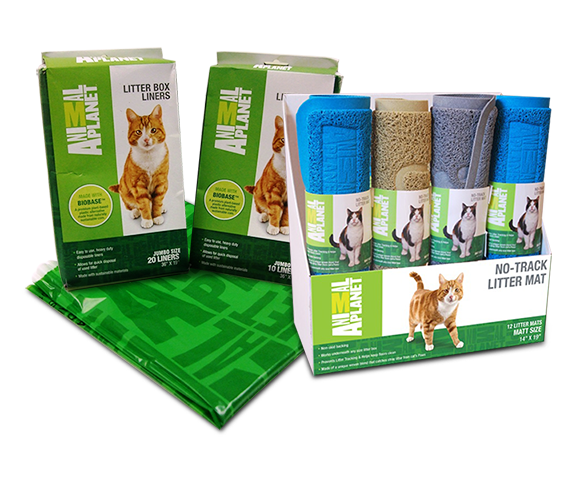
Step 7: Testing and Refinement
Before final deployment, conduct tests to ensure that the POP display functions as intended. Consider factors like customer interaction, stability, and overall appeal. Make any necessary refinements based on feedback and insights.
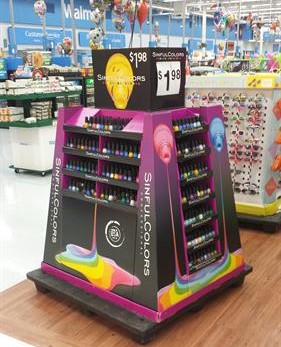
Step 8: Deployment and Installation
Coordinate with the retailer to install the POP display in the designated location. Ensure that installation is completed correctly and that all elements are in place.
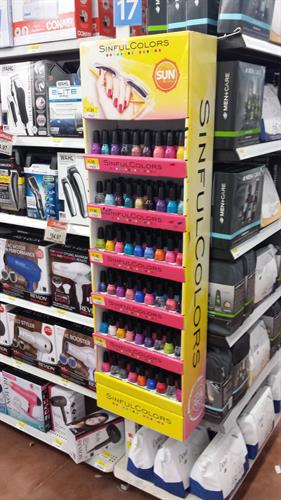
Step 9: Monitor and Evaluate
Track the performance of your POP display by monitoring sales data, customer feedback, and other relevant metrics. Evaluate its effectiveness in achieving your goals and objectives.
Step 10: Adapt and Optimize
Based on your evaluation, make adjustments to your POP display strategy as needed. This could include changes in design, placement, messaging, or product selection. Continuously adapt and optimize your approach to maximize results.
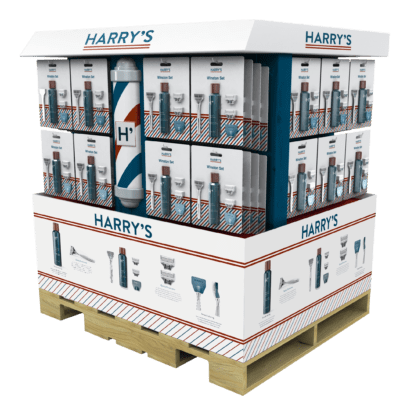
Conclusion
Creating a successful POP display is a strategic process that begins with setting clear goals, understanding your audience, and carefully planning every aspect of design and execution. By following these essential steps outlined in this buyer’s guide, you can embark on your POP display journey with confidence, knowing that you are on the path to capturing customer attention, boosting sales, and enhancing your brand’s visibility in the retail environment. Keep in mind that ongoing evaluation and adaptation are key to ensuring the continued success of your POP displays.
If you are interested in point of purchase displays, then partner with Brown Packaging today to get started.
The Regular Slotted Container (RSC) is the most widely used corrugated box style in the world. Its simplicity, manufacturing efficiency, and versatility make it the default choice across industries ranging
Sustainability in pet product packaging involves balancing environmental impact with functional performance. Materials must protect against moisture, oxygen, and pests while also meeting recyclability or compostability goals. Choosing the right
Retail packaging must do two jobs at once—catch the shopper’s eye while protecting the product through the supply chain. Too much focus on graphics can weaken structure, while over-engineering for
As budgets tighten in 2026, packaging buyers are under pressure to reduce costs without increasing damage rates. Cutting too aggressively can lead to product loss, higher return rates, and frustrated
Home » Getting Started with POP Displays: A Buyer’s Guide


